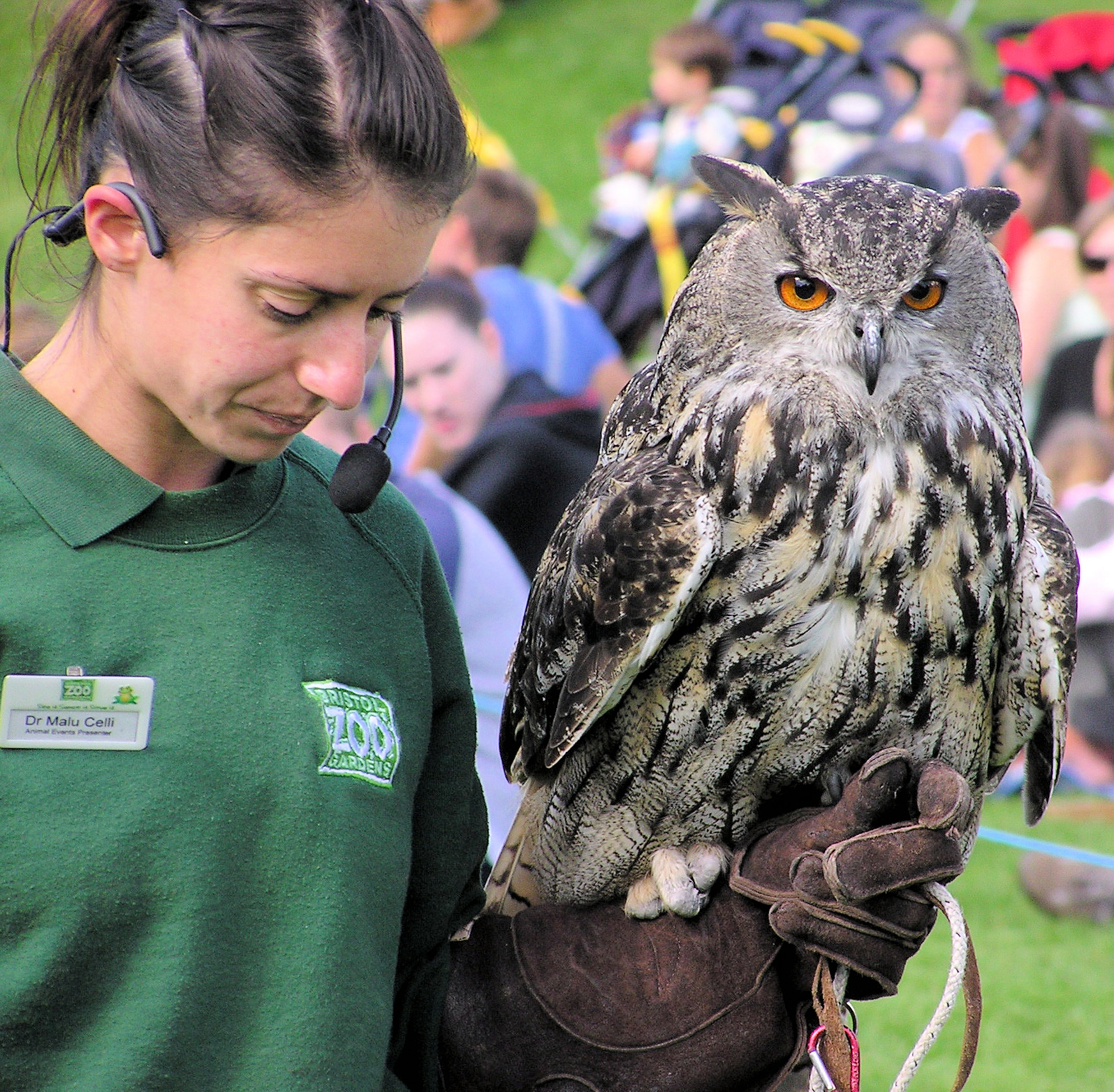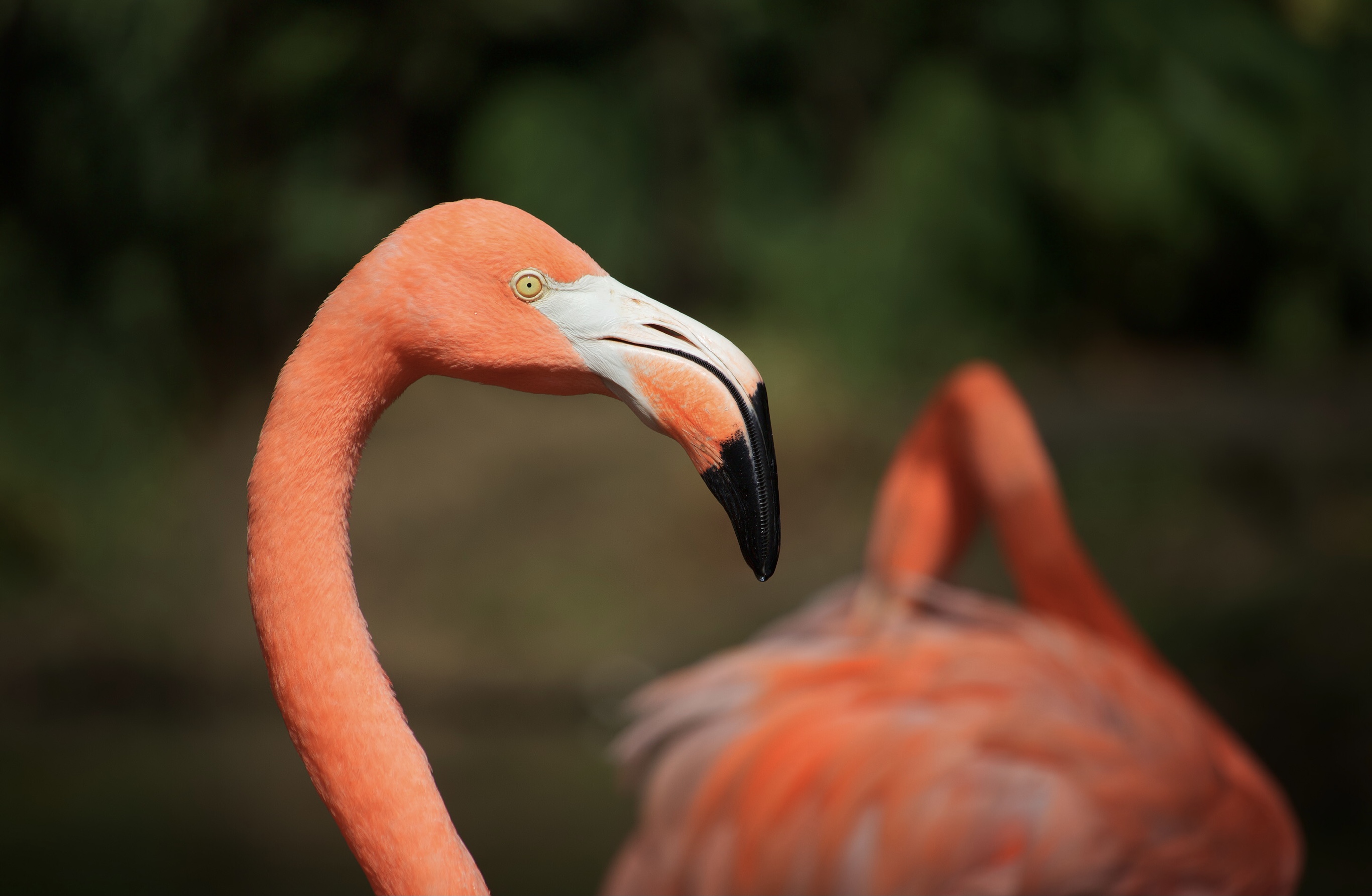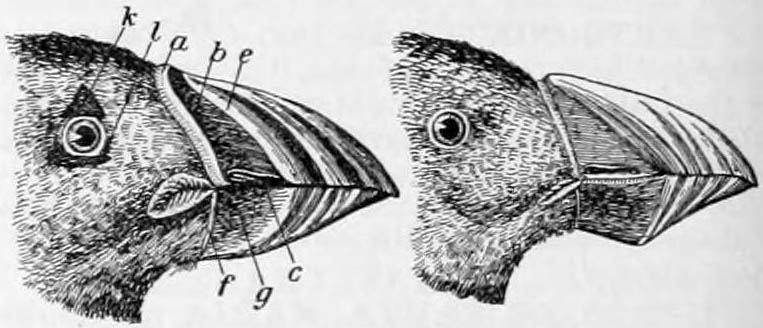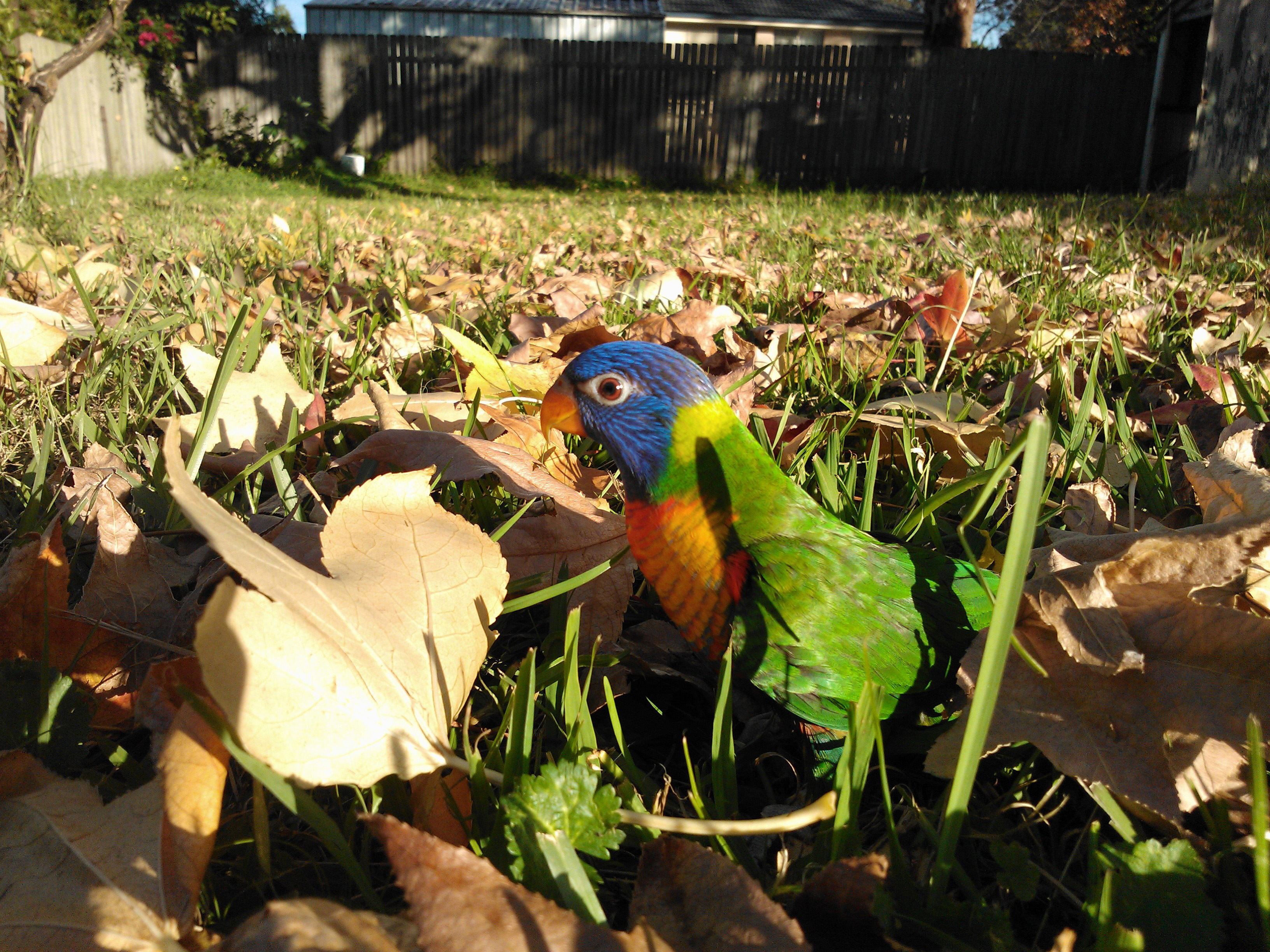|
Birds
Birds are a group of warm-blooded vertebrates constituting the class (biology), class Aves (), characterised by feathers, toothless beaked jaws, the Oviparity, laying of Eggshell, hard-shelled eggs, a high Metabolism, metabolic rate, a four-chambered heart, and a strong yet lightweight Bird skeleton, skeleton. Birds live worldwide and range in size from the bee hummingbird to the common ostrich. There are over 11,000 living species and they are split into 44 Order (biology), orders. More than half are passerine or "perching" birds. Birds have Bird wing, wings whose development varies according to species; the only known groups without wings are the extinct moa and elephant birds. Wings, which are modified forelimbs, gave birds the ability to fly, although further evolution has led to the Flightless bird, loss of flight in some birds, including ratites, penguins, and diverse endemism, endemic island species. The digestive and respiratory systems of birds are also uniquely a ... [...More Info...] [...Related Items...] OR: [Wikipedia] [Google] [Baidu] |
Eurasian Eagle-owl
The Eurasian eagle-owl (''Bubo bubo'') is a species of eagle-owl, a type of bird that resides in much of Eurasia. It is often just called the eagle-owl in Europe and Asia. It is one of the largest species of owl. Females can grow to a total length of , with a wingspan of . Males are slightly smaller.''Owls of the World: A Photographic Guide'' by Mikkola, H. Firefly Books (2012), This bird has distinctive ear tufts, with upper parts that are mottled with darker blackish colouring and tawny. The wings and tail are barred. The underparts are a variably hued buff, streaked with darker colouring. The facial disc is not very defined. The orange eyes are distinctive.Penteriani, V., & del Mar Delgado, M. (2019). ''The eagle owl''. Bloomsbury Publishing. At least 12 subspecies of the Eurasian eagle-owl are described. Eurasian eagle-owls are found in many habitats; mostly Mountain ecosystems, mountainous and Rock (geology), rocky areas, often near varied woodland edge and near shrubby a ... [...More Info...] [...Related Items...] OR: [Wikipedia] [Google] [Baidu] |
American Flamingo
The American flamingo (''Phoenicopterus ruber'') is a large species of flamingo native to the West Indies, northern South America (including the Galápagos Islands) and the Yucatán Peninsula. It is closely related to the greater flamingo and Chilean flamingo, and was formerly considered conspecific with the greater flamingo, but that treatment is now widely viewed (e.g. by the American and British Ornithologists' Unions) as incorrect due to a lack of evidence. It is also known as the Caribbean flamingo, although it is also present in the Galápagos Islands. It is the only flamingo that naturally inhabits North America along with the Neotropical realm. It is a cultural icon for the U.S. state of Florida, where it was formerly abundant in the southernmost regions, although it was largely extirpated by 1900 and is now only an uncommon visitor with a few small, potential resident populations. Taxonomy The American flamingo was formally described in 1758 by the Swedish naturalis ... [...More Info...] [...Related Items...] OR: [Wikipedia] [Google] [Baidu] |
Atlantic Puffin
The Atlantic puffin ('), also known as the common puffin, is a species of seabird in the auk family (biology), family. It is the only puffin native to the Atlantic Ocean; two related species, the tufted puffin and the horned puffin being found in the northeastern Pacific. The Atlantic puffin breeds in Russia, Iceland, Ireland, Great Britain, Britain, Norway, Greenland, Newfoundland and Labrador, Nova Scotia, and the Faroe Islands, and as far south as Maine in the west and France in the east. It is most commonly found in the Westman Islands, Iceland. Although it has a large population and a wide range, the species has declined rapidly, at least in parts of its range, resulting in it being rated as Vulnerable species, vulnerable by the IUCN. On land, it has the typical upright stance of an auk. At sea, it swims on the surface and feeds on zooplankton, small fish, and crabs, which it catches by diving underwater, using its wings for propulsion. This puffin has a black crown and bac ... [...More Info...] [...Related Items...] OR: [Wikipedia] [Google] [Baidu] |
Keel-billed Toucan
The keel-billed toucan (''Ramphastos sulfuratus''), also known as sulfur-breasted toucan, keel toucan, or rainbow-billed toucan, is a colorful Latin American member of the toucan family. It is the national bird of National symbols of Belize, Belize. The species is found in tropical jungles from southern Mexico to Ecuador. It is an omnivorous forest bird that feeds on fruits, seeds, insects, invertebrates, lizards, snakes, and small birds and their eggs. Description Including its bill, the length of the keel-billed toucan ranges from around . Its large and colorful bill averages around , about one-third of its length. The wingspan of the keel-billed toucan typically ranges from 189.4 to 208.4 mm. It typically weighs about . While the bill seems large and cumbersome, it is in fact a spongy, hollow bone covered in keratin, a very light and hard protein. The feather, plumage of the keel-billed toucan is mainly black with a yellow neck and chest. Moult, Molting occurs once per year. ... [...More Info...] [...Related Items...] OR: [Wikipedia] [Google] [Baidu] |
Palaeognathae
Palaeognathae (; ) is an infraclass of birds, called paleognaths or palaeognaths, within the class Aves of the clade Archosauria. It is one of the two extant taxon, extant infraclasses of birds, the other being Neognathae, both of which form Neornithes. Palaeognathae contains five extant order (biology), orders consisting of four flightless bird, flightless lineages (plus two that are extinct), termed ratites, and one flying lineage, the Neotropic tinamous. There are 47 species of tinamous, five of Kiwi (bird), kiwis (''Apteryx''), three of cassowary, cassowaries (''Casuarius''), one of emus (''Dromaius'') (another became extinct in historic times), two of Rhea (bird), rheas (''Rhea'') and two of ostriches (''Struthio'').Clements, J. C. ''et al''. (2010) Recent research has indicated that paleognaths are monophyletic but the traditional taxonomic split between flightless and flighted forms is incorrect; tinamous are within the ratite radiation, meaning flightlessness arose indepe ... [...More Info...] [...Related Items...] OR: [Wikipedia] [Google] [Baidu] |
Rock Dove
The rock dove (''Columba livia''), also sometimes known as "rock pigeon" or "common pigeon", is a member of the bird family Columbidae (doves and pigeons). In common usage, it is often simply referred to as the "pigeon", although the rock dove is the wildlife, wild form of the bird; the pigeons familiar to most people are the domesticated forms of the wild rock dove. Wild rock doves are uniformly pale grey with two black bars on each wing, with few differences being seen between males and females; i.e. they are not strongly sexually dimorphic. The domestic pigeon (often, but invalidly, called "''Columba livia domestica''"), which includes about List of pigeon breeds, 1,000 different breeds, is descended from this species. Escaped domestic pigeons are the origin of feral pigeons around the world. Both forms can Domestic pigeon#Markings, vary widely in the colour and pattern of their plumage unlike their wild ancestor, being red, brown, checkered, uniformly coloured, or pied. H ... [...More Info...] [...Related Items...] OR: [Wikipedia] [Google] [Baidu] |
Rainbow Lorikeet
The rainbow lorikeet (''Trichoglossus moluccanus'') is a species of parrot found in Australia. It is common along the eastern seaboard, from northern Queensland to South Australia. Its habitat is rainforest, coastal bush and woodland areas. Six taxa traditionally listed as subspecies of the rainbow lorikeet are now treated as separate species (see ''Taxonomy''). Rainbow lorikeets have been introduced to Perth, Western Australia;ScienceWA Rainbow lorikeet joins Perth pest list ; , |
Steller's Sea Eagle
Steller's sea eagle (''Haliaeetus pelagicus''), also known as the Pacific sea eagle or white-shouldered eagle, is a very large Diurnality, diurnal bird of prey in the family Accipitridae. It was described first by Peter Simon Pallas in 1811. No subspecies are recognised. A sturdy eagle, it has dark brown plumage with white wings and tail, a yellow beak, and yellow talons. Typically, it is the heaviest eagle in the world, at about , but in some standard measurements, may be ranked below the harpy eagle (''Harpia harpyja'') and the Philippine eagle (''Pithecophaga jefferyi''). Steller's sea eagle females are bigger than males. The Steller's sea eagle is endemic to coastal northeastern Asia, where it lives in Russia, Korea, Japan, China, and Taiwan. It mainly preys on fish and water birds. The Kamchatka Peninsula in Far Eastern Russia is known for its relatively large population of these birds; about 4,000 of these eagles live there. Steller's sea eagle is listed as vulnerable speci ... [...More Info...] [...Related Items...] OR: [Wikipedia] [Google] [Baidu] |
Grey Heron
The grey heron (''Ardea cinerea'') is a long-legged wading bird of the heron family, Ardeidae, native throughout temperate Europe and Asia, and also parts of Africa. It is resident in much of its range, but some populations from the more northern parts migrate southwards in autumn. A bird of wetland areas, it can be seen around lakes, rivers, ponds, marshes and on the sea coast. It feeds mostly on aquatic creatures which it catches after standing stationary beside or in the water, or stalking its prey through the shallows. Standing up to tall, adults weigh from . They have a white head and neck with a broad black stripe that extends from the eye to the black crest. The body and wings are grey above and the underparts are greyish-white, with some black on the flanks. The long, sharply pointed beak is pinkish-yellow and the legs are brown. The birds breed colonially in spring in heronries, usually building their nests high in trees. A clutch of usually three to five bluish-gre ... [...More Info...] [...Related Items...] OR: [Wikipedia] [Google] [Baidu] |
White-tailed Tropicbird
The white-tailed tropicbird (''Phaethon lepturus'') or yellow-billed tropicbird is a tropicbird. It is the smallest of three closely related seabirds of the tropical oceans and smallest member of the order Phaethontiformes. It is found in the tropical Atlantic (ocean), Atlantic, western Pacific and Indian Ocean, Indian Oceans. It also breeds on some Caribbean islands, and a few pairs have started nesting recently on Little Tobago, joining the red-billed tropicbird colony. In addition to the tropical Atlantic, it nests as far north as Bermuda, where it is locally called a "longtail". Taxonomy French zoologist François Marie Daudin described the white-tailed tropicbird in 1802. "White-tailed tropicbird" has been designated the official name by the International Ornithologists' Union (IOC). Its closest relative is the red-tailed tropicbird (''P. rubricauda''), the split between their ancestors taking place about four million years ago. Six subspecies are recognised by the IOC: ... [...More Info...] [...Related Items...] OR: [Wikipedia] [Google] [Baidu] |
Southern Cassowary
The southern cassowary (''Casuarius casuarius''), also known as double-wattled cassowary, Australian cassowary, or two-wattled cassowary, is a large Flightless bird, flightless black bird, found in Indonesia, Papua New Guinea, and northeastern Australia. It is one of the three living species of cassowary, alongside the dwarf cassowary and the northern cassowary. It is a ratite and therefore related to the emu, ostrich, Rhea (bird), rhea and Kiwi (bird), kiwi. The Australian population is listed as Endangered species, Endangered under federal and Queensland state legislation. Taxonomy Presently, most authorities consider the southern cassowary monotypic, but several subspecies have been described. It has proven very difficult to confirm the validity of these due to individual variations, age-related variations, the relatively few available Zoological specimen, specimens (and the bright skin of the head and neck – the basis upon which several subspecies have been described � ... [...More Info...] [...Related Items...] OR: [Wikipedia] [Google] [Baidu] |
Blue-footed Booby
The blue-footed booby (''Sula nebouxii'') is a marine bird native to subtropical and tropical regions of the eastern Pacific Ocean. It is one of six species of the genus ''booby, Sula'' – known as boobies. It is easily recognizable by its distinctive bright blue feet, which is a sexual selection, sexually selected trait and a product of their diet. Males display their feet in an elaborate mating ritual by lifting them up and down while strutting before the female. The female is slightly larger than the male and can measure up to long with a wingspan up to . The natural breeding habitats of the blue-footed booby are the tropical and subtropical islands of the Pacific Ocean. It can be found from the Gulf of California south along the western coasts of Central and South America to Peru. About half of all breeding pairs nest on the Galápagos Islands. Its diet mainly consists of fish, which it obtains by diving and sometimes swimming underwater in search of its prey. It sometim ... [...More Info...] [...Related Items...] OR: [Wikipedia] [Google] [Baidu] |











